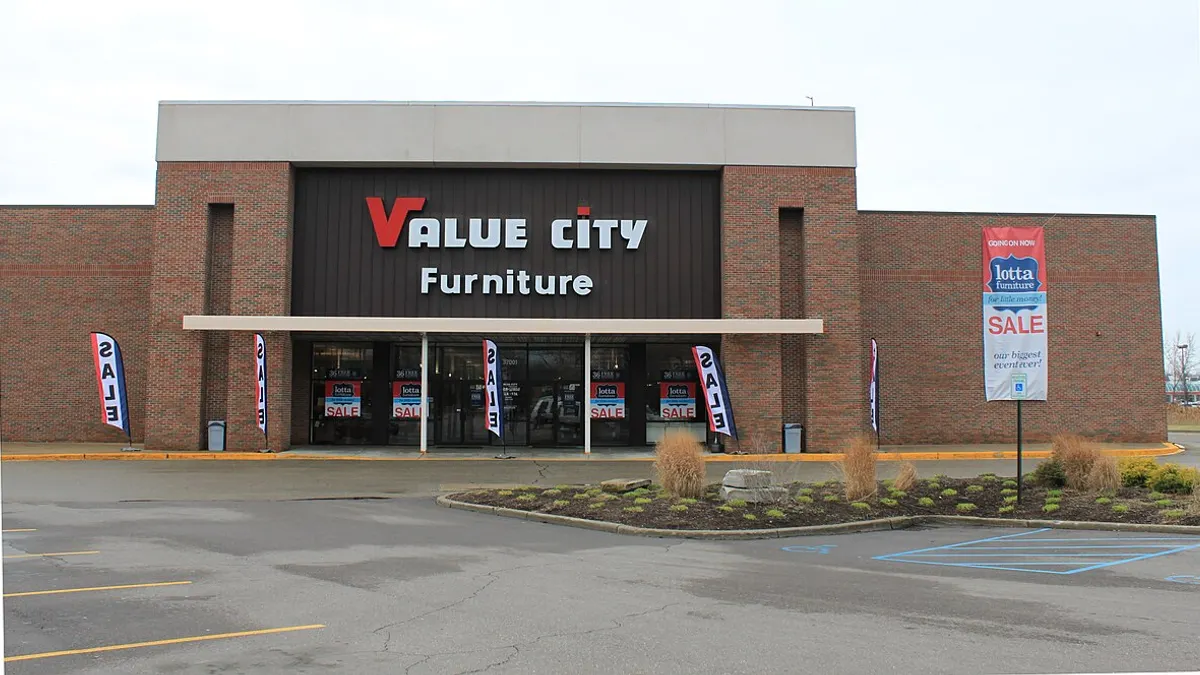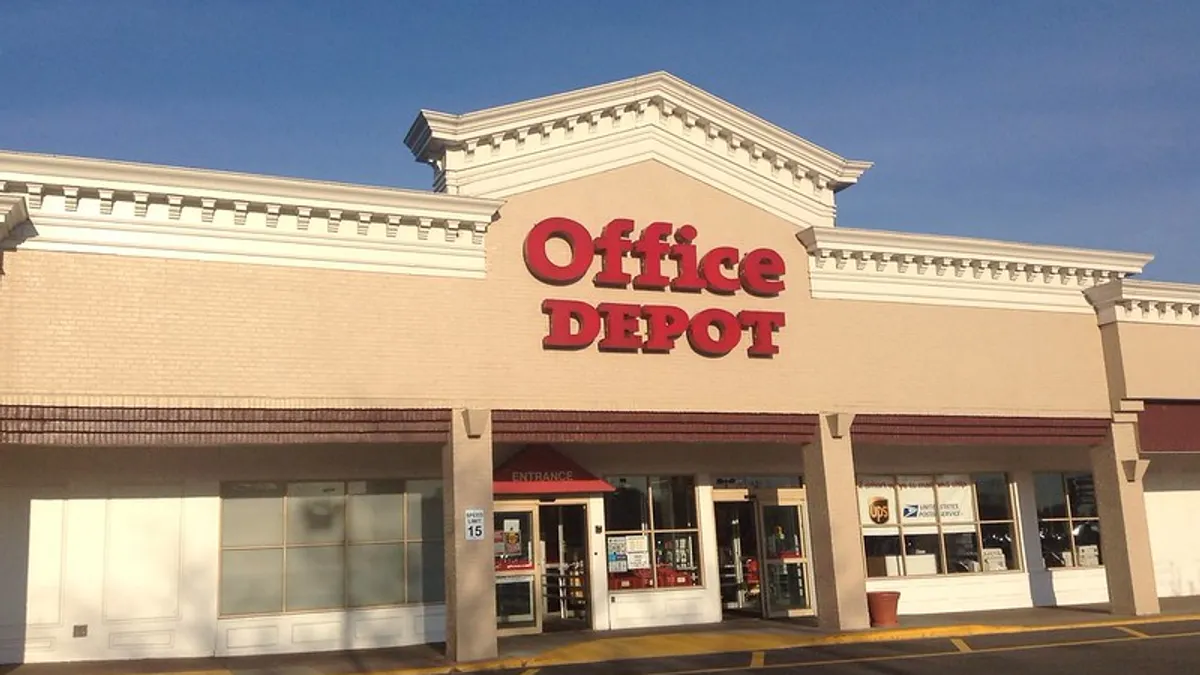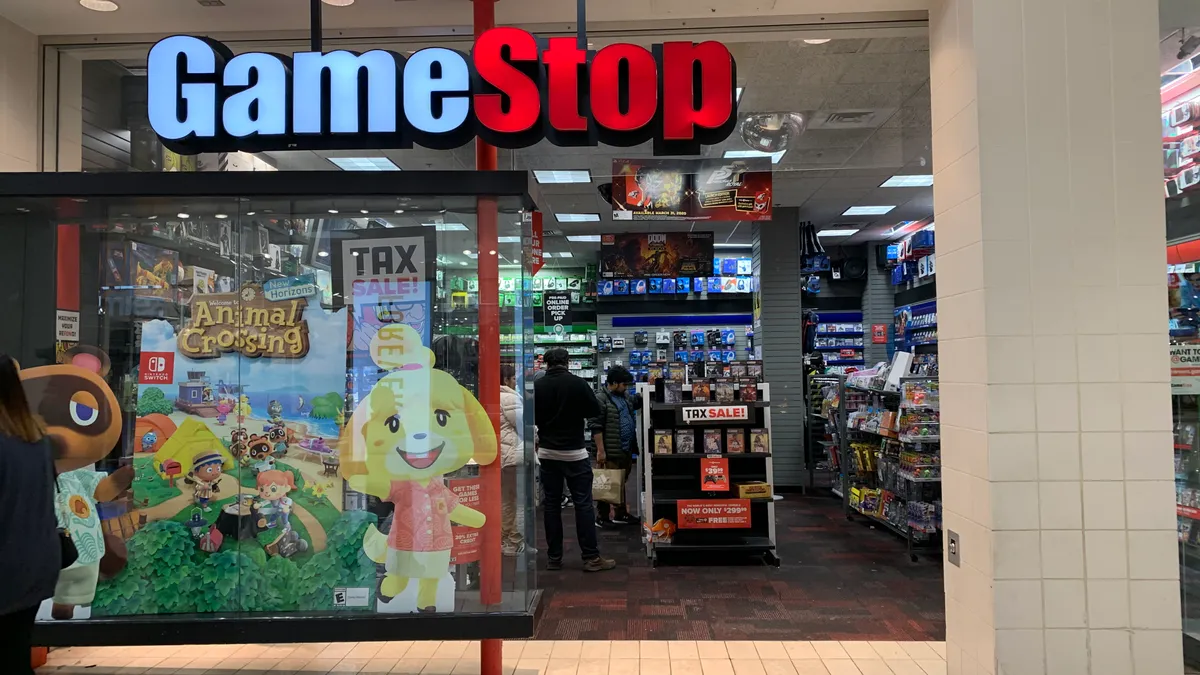Editor's note: The following is a guest post from David M. Banker, a partner, and Keara Waldron, an associate, in the Bankruptcy, Financial Reorganization & Creditors’ Rights Department of Lowenstein Sandler.
A lawsuit filed earlier this year by a Sears Holdings subsidiary could have far-reaching implications for suppliers selling to a customer suspected of financial distress. The lawsuit is particularly significant to those in the retail sector, as brick-and-mortar operations across the country struggle amid growing online competition.
Sears — which certainly isn’t immune to those struggles — was recently asked by one of its vendors, One World Technology, to provide proof that Sears was financially able to keep up its end of the two firms’ supply agreement. This is known as an "adequate assurance demand," and it came with the threat that One World could stop supplying Sears with its products. Rather than acquiesce, Sears took the unusual step of filing a lawsuit in which it asked a court to declare the demand improper.
According to the complaint filed by Sears to commence the lawsuit, before the lawsuit was filed, One World informed Sears that it wasn’t sure the retailer could fulfill its part of their agreement (despite the parties’ nine-year business relationship and assurances from Sears). One World threatened to suspend the deal if new contract demands weren’t met.
Sears, which, as stated in the complaint, was allegedly current on all payments to One World, seems to have filed the suit in part to send a message to One World and to its other suppliers — that Sears thought the demand was baseless.
Assurance demands are a typical — and powerful — form of recourse available to and widely employed by suppliers. The strategic benefits to making such a demand are numerous. By demanding a customer prove its financial ability to pay for shipments, the seller can stop shipping goods under their agreement (if commercially reasonable) until the buyer provides requested assurances.
The demand also provides the seller an opportunity to negotiate more favorable contract terms, such as reducing credit terms or requiring a cash deposit or guarantee to minimize the seller’s risk of loss. And if a buyer fails to respond to the demand in a timely fashion, the contract is deemed invalid and the seller may sue the buyer. Either party may seek court intervention at any time, but typically the demands are resolved before either party files suit.
Suppliers have strong leverage over a buyer suspected of financial distress, and making the demand carries little risk to the suppliers. Under commercial law, they need only allege "reasonable grounds for insecurity" to issue the demand. To establish this, a supplier could point to a buyer’s standing with other creditors, downgrades in credit rating or even rumors (provided they are reliable) of a possible bankruptcy filing or other financial distress.
Upon making an assurance demand, the seller is entitled to immediately stop supplying goods to the buyer, who must provide information or make concessions to address the demand. Alternately, the seller may also continue supplying goods under their agreement until the buyer responds (or fails to respond) to the demand. Even assuming the buyer responds, if the seller does not believe that the buyer has provided sufficient assurance of future performance, the seller may stop fulfilling the supply agreement.
However, it’s important to note that if a court determines that the seller never had reasonable grounds for insecurity or that the buyer did in fact provided adequate assurance, the court will find the seller in breach of contract and can subject the firm to damages.
Instead of providing One World assurance, Sears took the unusual step of going on the legal offensive. Sears didn’t just respond to the demand; it sought a court’s intervention to void One World’s demand and declare Sears able to pay under the contract.
Sears’ approach is unusual because typically a retailer will not want to "go public" that one of its vendors has sent an adequate assurance demand, potentially risking a snowball effect of inviting other vendors to made adequate assurance demands of their own, particularly if the court rules against the retailer. The benefit to Sears’ approach, however, was that it allowed Sears to take control of the narrative, showing the court that it had paid One World in a timely fashion throughout the course of their relationship. Sears also suggested that the true motivation driving One World’s demand was not to obtain assurance of Sears’ ability to pay, but rather to exploit contracting and commercial law to impose new and less favorable terms on Sears, and to free up resources for the supplier’s more profitable business ventures.
Sears’ strategy seems to have worked: The lawsuit was voluntarily dismissed just two weeks after the filing (the details involving any possible settlement haven’t been made public). The lawsuit may therefore serve as an example for other retailers on the wrong end of such a demand.
The extent to which Sears’ approach will influence other buyer-supplier relationships is unclear. But one thing is fairly certain: A buyer’s threat or a lawsuit can serve as strong negotiating leverage while creating additional risk for a seller to consider before issuing an assurance demand.





















